
🕷 Learn Types of Spiders In English! English Spider Species Popular Types of Spiders YouTube
Identify UK woodpeckers; Identify bird song; Identify birds of prey; Identify bluebells; Identify caterpillars; Identify garden birds; Identify garden butterflies;. Flower crab spider. False widow spider. Zebra spider. Wolf spider. Raft spider. Nursery web spider. Water spider. Giant house spider. Wasp spider. Common harvestman.
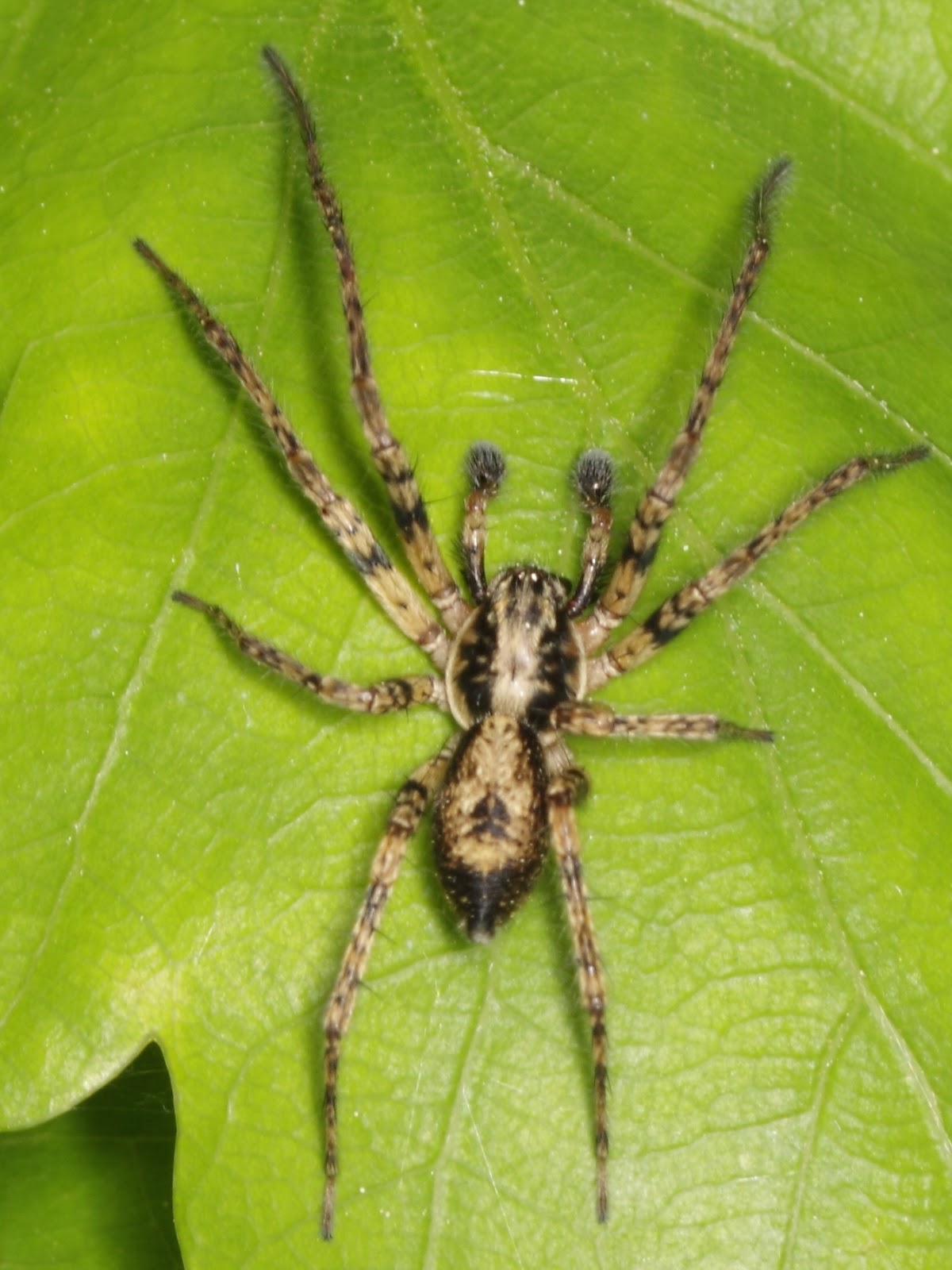
BugBlog Anyphaenidae buzzing spiders
#13. Raft Spider. Dolomedes fimbriatus; Identifying Characteristics: Adults are dark brown with a white, cream, or yellow stripe along both sides of their bodies. To find this spider in the United Kingdom, you will need to find freshwater! Raft Spider Range Map. Raft Spiders are incredibly unique and are considered semi-aquatic.
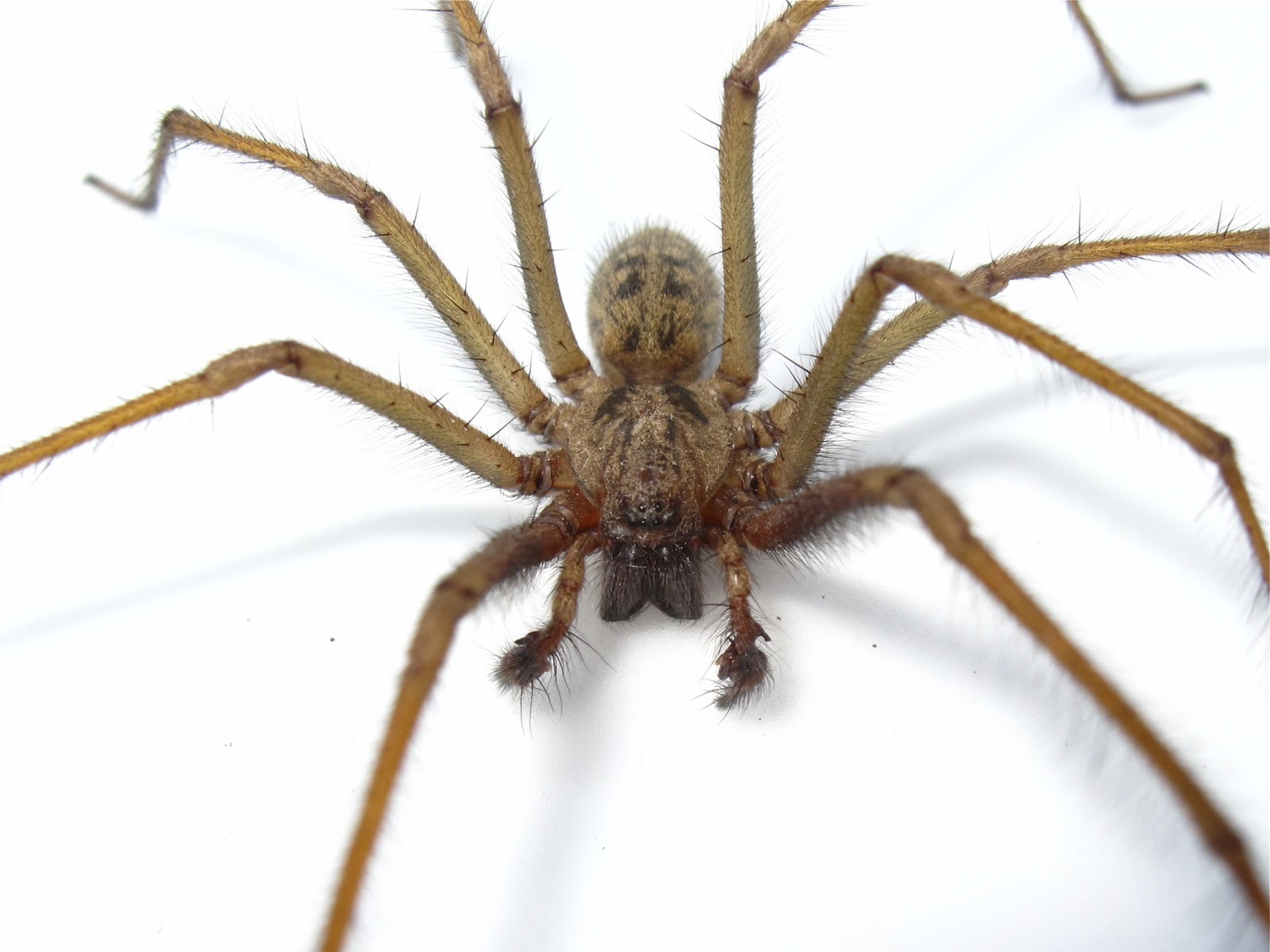
BugBlog Agelenidae funnel weaver spiders
The RED / AMBER / GREEN dots indicate how easy it is to identify the species - see our Identification Difficulty page for more information. A coloured rating followed by an exclamation mark denotes that different ID difficulties apply to either males and females or to the larvae - see the species page for more detail. Spiders
Spiders of the British Isles Project Noah
The largest species of spider in the UK is the cardinal spider at 12 cm leg span, while money spiders are the smallest at around 2mm. They become more visible during the autumn, though the spiders are active throughout the year. Common Spiders: Giant House Spider, Garden Spider, Long Bodied Cellar Spider
Western Washington State Spider ID? Common House Spider? r/spiders
1. Cellar Spiders Paul Starosta // Getty Images One of the most common UK spiders is the Cellar Spider, also known as the Daddy Long Leg. The thin, spindly spiders have extremely long legs and are often found in corners of the home, particularly during late summer.

Spider ID Guide
The Giant house spider is one of the fastest and largest spiders that you can spot in Britain and across Europe. It can run at a speed of around 2ft/s. These spiders build messy-looking webs with a funnel at one end, where the spider would hang around and hide, waiting for its prey to get caught. The web threads do not have adhesive properties.
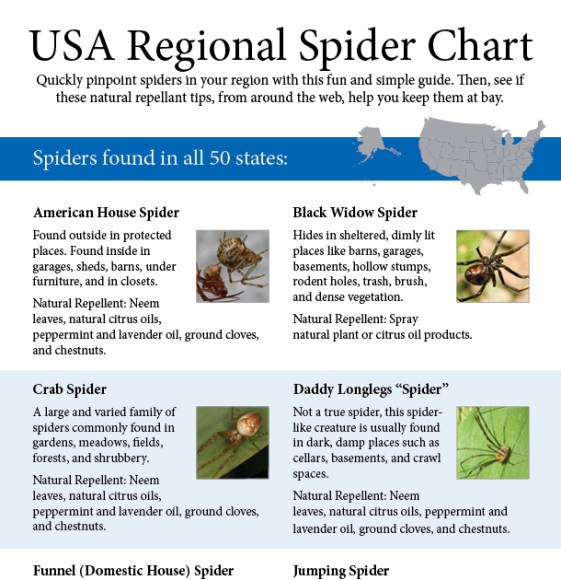
The Ultimate Guide to Identifying Common Spiders (Infographic)
Britain's Spiders: A Field Guide - Fully Revised and Updated Second Edition - This is a guide to all 38 of the British families, focussing on spiders that can be identified in the field. Illustrated with a remarkable collection of photographs, it is designed to be accessible to a wide audience, including those new to spider identification.
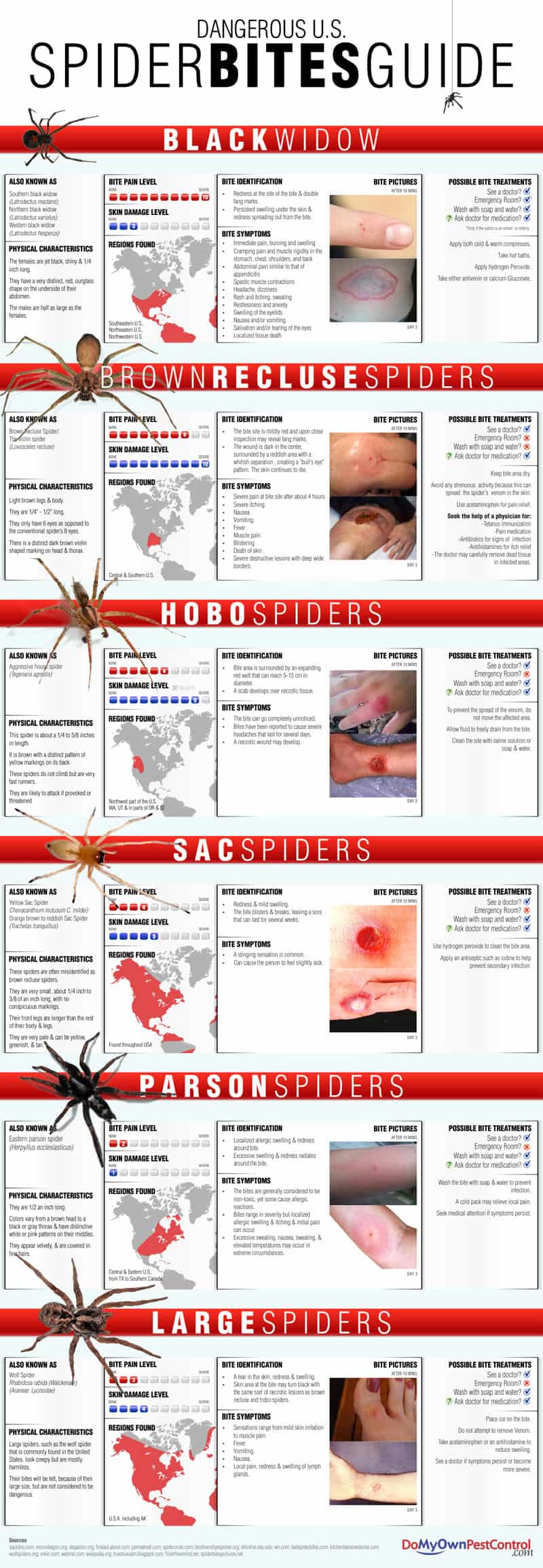
5 Common House Spiders And How To Treat Spider Bites
6) European Garden Spider or Cross Orb-Weaver. Araneus diadematus (picture: Getty Images) These spiders can grow up to 13mm and can be found in hedgerows, woodland and gardens across Britain from.

UK spiders The 21 British spiders you're most likely to find in your house The Scottish Sun
Proper identification of the majority of spiders relies on the use of a microscope (preferably a stereo instrument), a powerful top light, and reliable reference texts. Many of the species on the British list are very small, just a few millimetres in length.

species identification What kind of spider is this? Biology Stack Exchange
The top six spiders you'll spot at home in autumn. Our spidery spotter's guide to some of the most common spiders you'll see around in autumn - and some fascinating facts to help you learn to love and admire our eight-legged friends. It's that time of year again. The nights are darkening, the heating is back on and hot chocolate under.

Uk Garden Spider Identification Fasci Garden
Spiders found in United Kingdom include 41 unique species from confirmed sightings by contributing members of Spider ID. It is important to remember that spiders seen in United Kingdom are not bound by the territorial lines decided on by humans, therefore their distribution is subject to change.

BugBlog Colourful nursery web spiders
Factsheets and leaflets. Our BAS factsheets provide basic information about some of Britain's commonest spider species; they are free to download and print. They are all designed to be used in conjunction with the 'essential spider information' in Factsheet 1. Commercially printed copies (maximum of one per title) are available for individual.
:max_bytes(150000):strip_icc()/common-house-spiders-2656509_V2-a9c74187a3944f3a85d19437953cf17a.png)
10 Most Common Types of House Spiders
The largest spider found in the UK is the Cardinal Spider ( Tegenaria parietina ). Male examples have been recorded with an impressive 12 cm leg span. By comparison the smallest species of 'Money spiders' (family Linyphiidae) have a leg span of little more than 2 mm. Spiders found in fruit
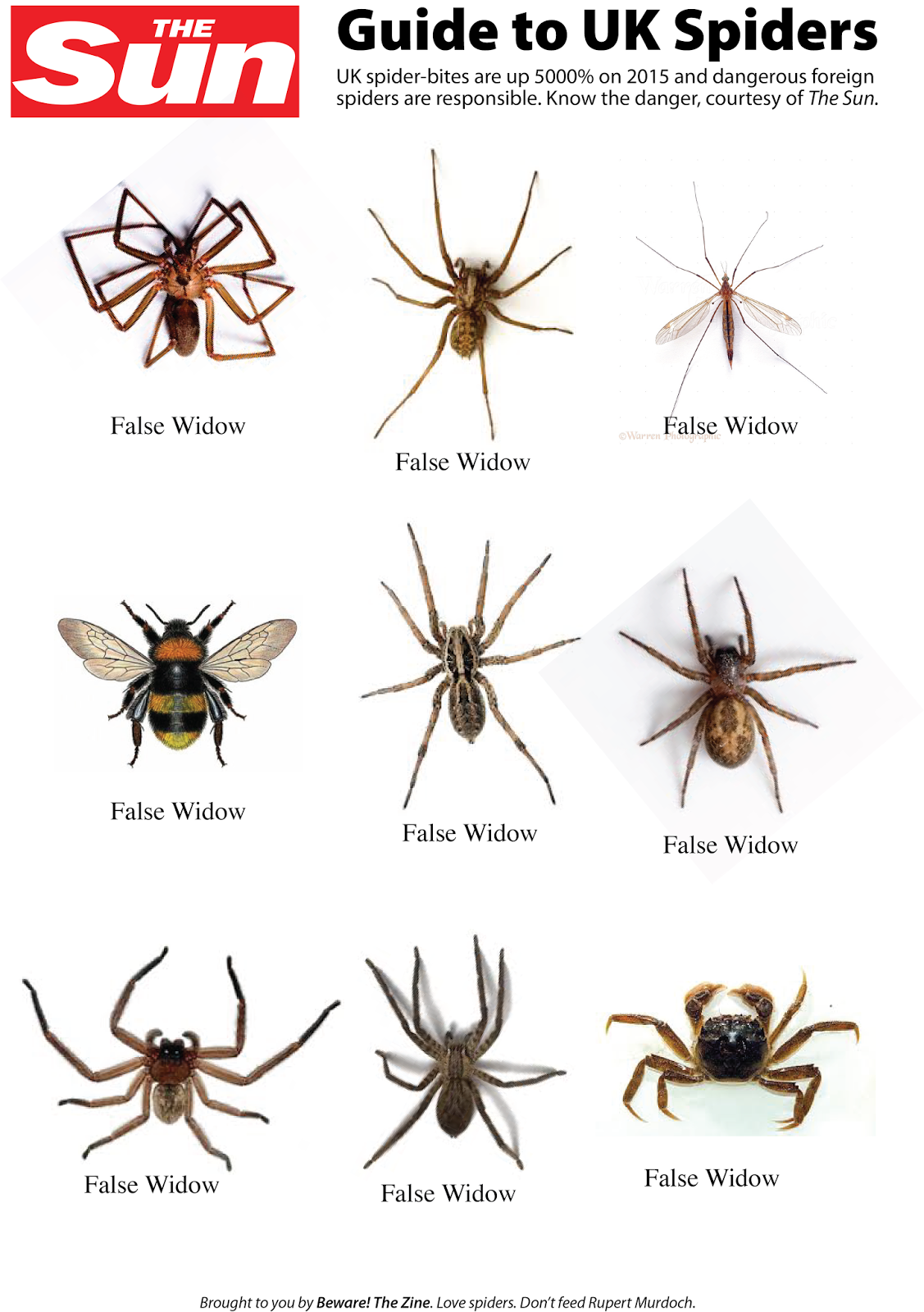
Beware! the Zine The Sun's Guide to UK Spiders
ID guide Starting out Entomology There are over 650 species of spider within the UK, and although many may find spiders unappealing or even frightening, they are fascinating in their own right. While many spiders are present throughout the year, autumn is the best time to see them outdoors.

8 British spiders you're likely to find at home this autumn Common Spiders, Large Spiders, Black
A guide to all 38 of the British families, focusing on spiders that can be identified in the field. Illustrated with a remarkable collection of photographs, it is designed to be accessible to a wide audience, including those new to spider identification.
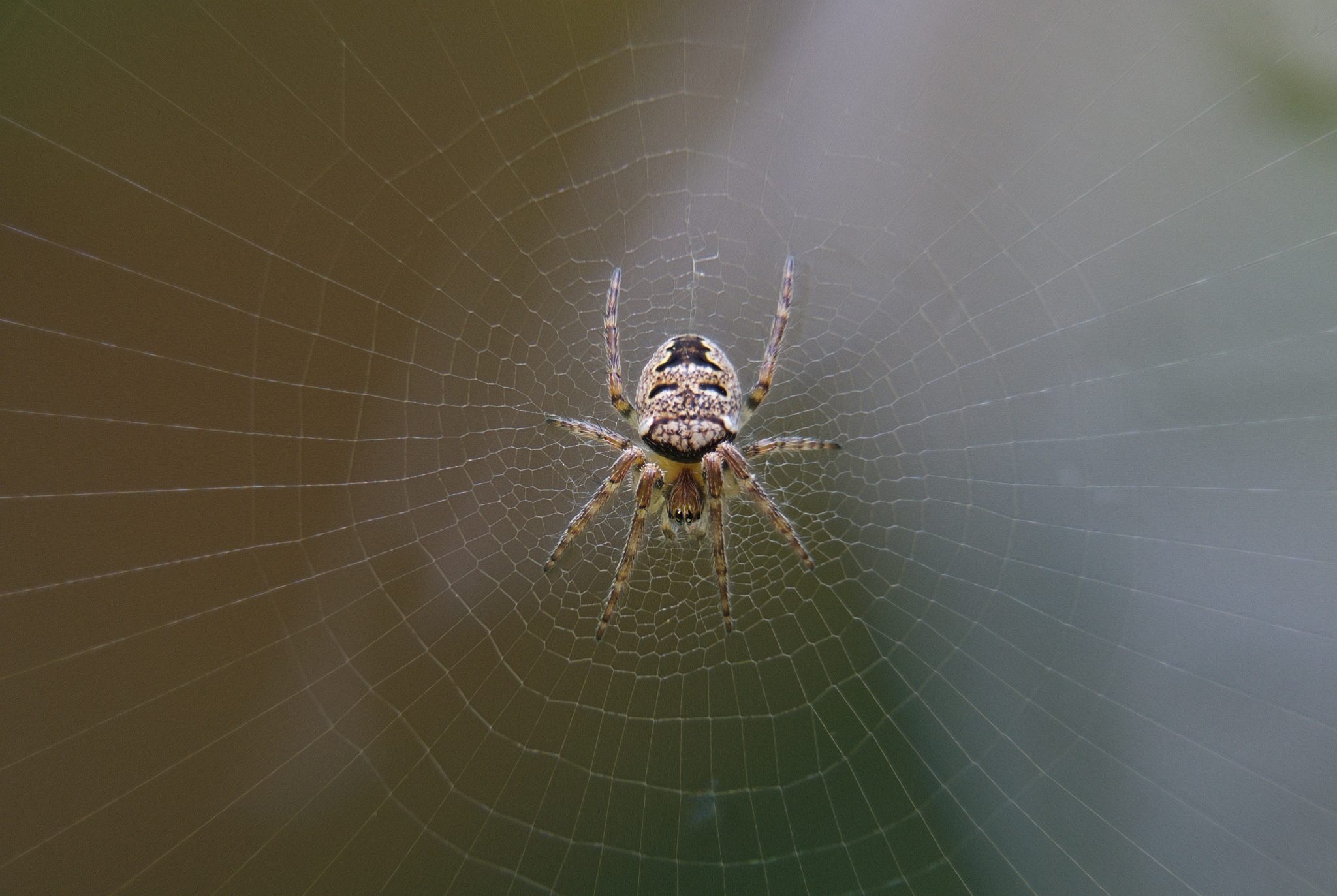
10 Common House Spiders Found in the UK Pest Defence
Most UK spiders have a one-year life cycle, overwintering as eggs hidden inside a silken igloo in a quiet nook, and hatching as tiny spiderlings in spring. By September, most have reached adulthood. All spiders hunt invertebrate prey and kill by injecting venom through hollow, hinged fangs.